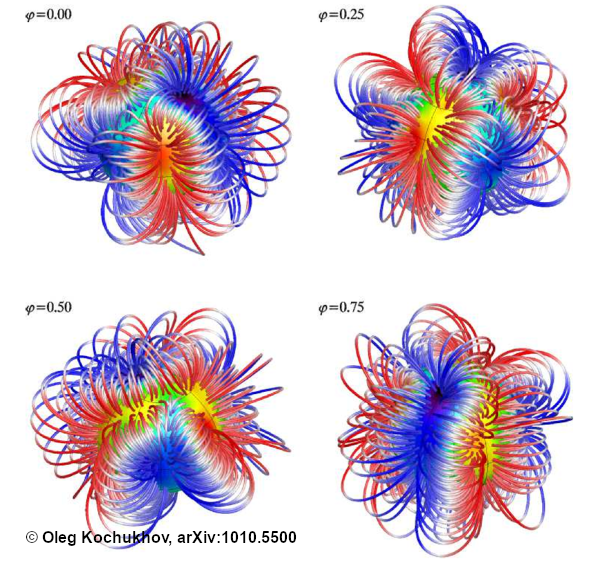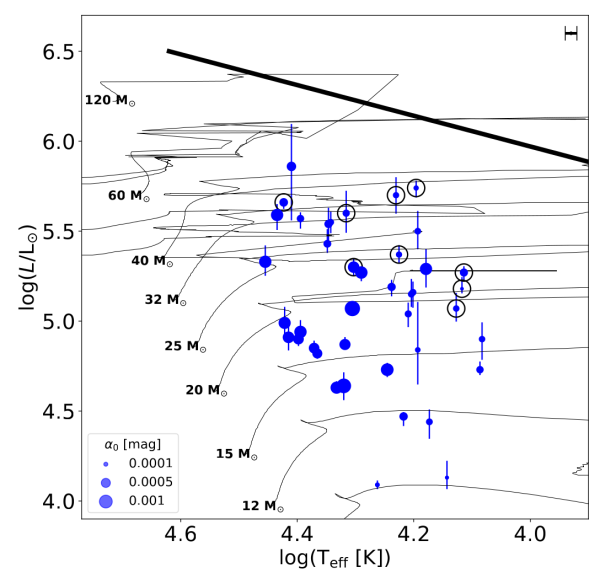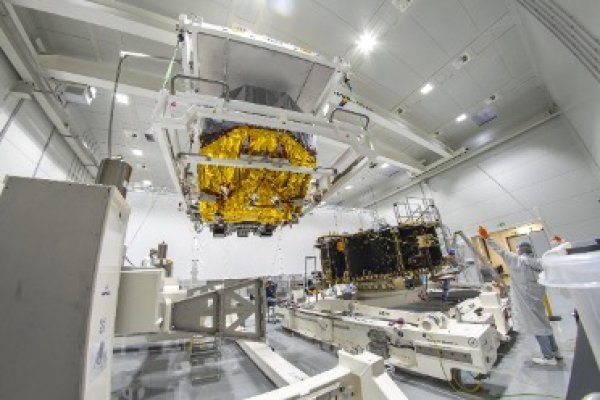Abstract
Context. Classical chemically peculiar stars exhibit atmospheres that are often structured by the effects of atomic diffusion. As a result of these elemental diffusion and horizontal abundance variations, photospheric temperature varies at a given height in the atmosphere. This may lead to horizontal flows in the photosphere. In addition, the suppression of such flows by magnetic field can alter the elemental transport processes. Aims. Using a simplified model of such a structured atmosphere and 2D MHD simulations of a typical He-rich star, we examine atmospheric flows in these chemically peculiar stars which often are strongly magnetic. Methods. We use Zeus-MP which is a Fortran 90 based publicly available parallel finite element modular code. Results. We find that for non-magnetic stars of spectral type BA, atmospheric flow related to horizontal temperature gradient can reach 1.0 km/s yielding mixing timescale of order of tens of days. For the magnetic counterparts, the flow speeds are an order of magnitude lower allowing for stratification of chemical elements. Conclusions. Magnetic field can influence the dynamics in atmospheres significantly. Strong horizontal magnetic field inhibits flow in the vertical direction, while strong vertical magnetic field can suppress horizontal atmospheric flow preventing elemental mixing.
Work is described in Czech (ASU web page)
More informations
- Image description: The magnetic field structure of the star HD 37776 (model), which has become a precursor to this study of surface velocity fields. Credit: Oleg Kochukhov
- Press release: Na čem pracujeme: Proudění v atmosférách chemicky pekuliárních hvězd (M. Švanda, ASU)
- A. ud-Doula, J. Krtička, B. Kubátová, Horizontal flows in the atmospheres of chemically peculiar stars, Astronomy & Astrophysics, in press, preprint arXiv:2501.12887
- Contact: Mgr. Brankica Kubátová, Ph.D., brankica.kubatova@asu.cas.cz



